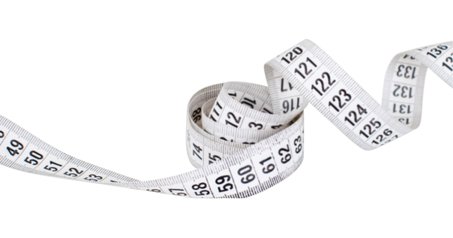|
A dog's muscle mass plays a significant role in its health and physical abilities. To ensure proper monitoring of strength and detect any muscular abnormalities, objective assessment of muscle mass is crucial, particularly if you are a physiotherapist or rehab therapist. While various methods are available, the most prevalent way to measure muscle mass in dogs is through the thigh circumference using a tape measure. Physiotherapists and rehabilitation therapists often take note of this measurement to establish a baseline before implementing a strength and conditioning program. They will then re-evaluate the measurement at a later date to determine if there are satisfactory improvements in muscle mass and strength. How reliable is this measurement and what factors can influence the readings between people and between repeat measurements?References:
Bascuñán, A. L., Kieves, N., Goh, C., Hart, J., Regier, P., Rao, S., Foster, S., Palmer, R., & Duerr, F. M. (2016, May 5). Evaluation of Factors Influencing Thigh Circumference Measurement in Dogs. Journal Name, 1st published, 2016-05-05 Smith, T. J., Baltzer, W. I., Jelinski, S. E., & Salinardi, B. J. (2015). Inter- and Intratester Reliability of Anthropometric Assessment of Limb Circumference in Labrador Retrievers. Journal Name, 1st published, 08 October 2015 |
AuthorJoanna Whitehead Archives
June 2024
Categories
All
|


 RSS Feed
RSS Feed
